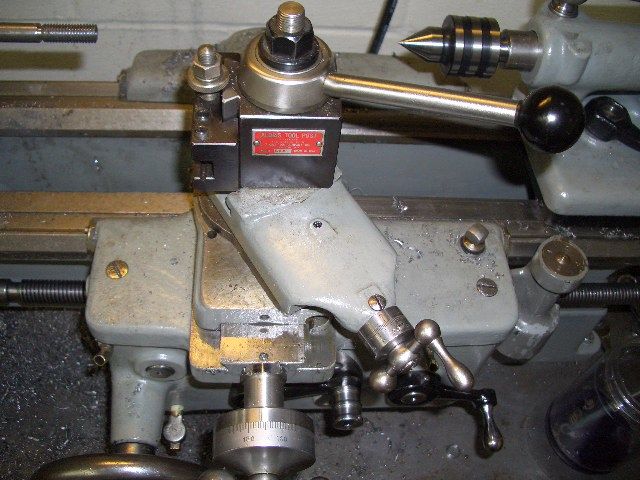Rick_B
Stainless
- Joined
- Sep 16, 2011
- Location
- Winston Salem, NC
I'm going to be attempting some treading next week so I've been reviewing the steps. I've got a tool ground, I understand the use of the thread dial, I know I need to set the compound at 29 degrees and use that for depth adjustments and I know the tool needs to be on center and perpendicular to the work.
My first question is spindle speed - the the thread will be 1/2 - 13 - do I use a spindle speed the same as turning or slow it down quite bit?
Second question - HTRAL doesn't talk much about how far to advance the compound - there is a formula for depth of thread that I think is the amount the compound would be advanced (in total). Based on that formula the compound should be advanced .0496" - does that sound right for a 1/2-13 thread?
Finally, I've read/heard that it is a good idea to put a groove in the work piece to run the end of the thread into it. Is that typical?
Thanks
Rick
My first question is spindle speed - the the thread will be 1/2 - 13 - do I use a spindle speed the same as turning or slow it down quite bit?
Second question - HTRAL doesn't talk much about how far to advance the compound - there is a formula for depth of thread that I think is the amount the compound would be advanced (in total). Based on that formula the compound should be advanced .0496" - does that sound right for a 1/2-13 thread?
Finally, I've read/heard that it is a good idea to put a groove in the work piece to run the end of the thread into it. Is that typical?
Thanks
Rick




